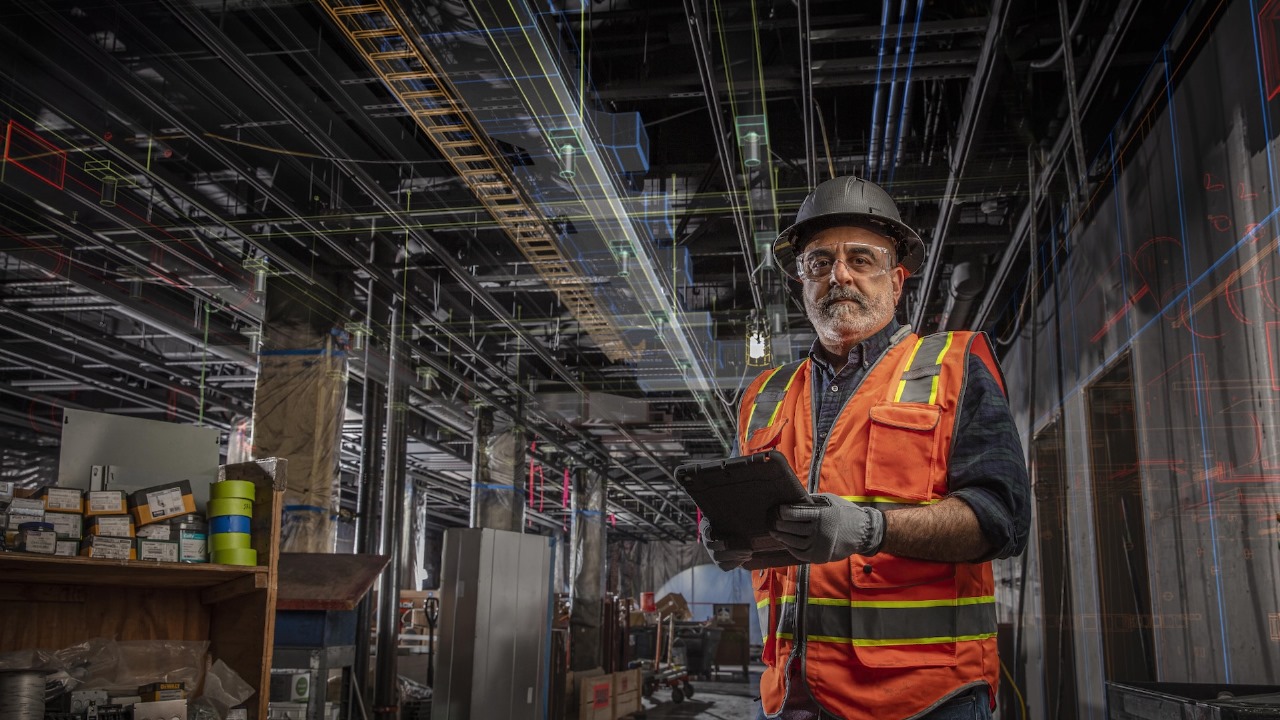The rapid pace of development in Austin brings opportunities and challenges, and one of the most critical priorities is ensuring the safety of workers and the public. The Austin construction industry operates under strict safety standards designed to protect lives, reduce accidents, and maintain productivity on job sites. From compliance with federal regulations to the adoption of innovative safety technologies, safety remains a cornerstone of every Austin construction project.
Regulatory Framework
OSHA Compliance
Austin construction companies follow guidelines set by the Occupational Safety and Health Administration (OSHA). These regulations cover everything from fall protection and scaffolding requirements to proper use of personal protective equipment (PPE). Compliance is not optional—violations can result in heavy fines and project delays.
Local Safety Requirements
Beyond federal rules, Austin has additional safety guidelines and inspection protocols tailored to the city’s construction needs. Local enforcement agencies work closely with Austin construction firms to ensure projects meet these high standards.
Personal Protective Equipment (PPE)
Standard Gear for All Workers
Hard hats, safety glasses, gloves, steel-toed boots, and high-visibility vests are non-negotiable on any Austin construction site. These essentials provide the first layer of defense against common hazards.
Specialized Equipment for High-Risk Tasks
Certain jobs, such as welding or working at great heights, require specialized PPE like harnesses, respirators, and flame-resistant clothing. Austin construction companies invest in quality gear to safeguard their teams.
Training and Education
Regular Safety Training
Continuous education is key to maintaining safety on job sites. Austin construction workers undergo regular training sessions on topics like hazard recognition, emergency procedures, and proper equipment use.
Certification Programs
Many roles require certifications—such as forklift operation or confined space entry—that ensure workers have the necessary skills to perform tasks safely. Austin construction firms often sponsor these certifications for their employees.
Technology in Safety
Drones for Site Inspection
Drones are increasingly used in Austin construction to inspect hard-to-reach areas, reducing the need for workers to enter potentially hazardous zones.
Wearable Safety Devices
Smart helmets, GPS trackers, and biometric sensors monitor worker health and location, enabling quick responses in emergencies. These tools are becoming standard in Austin construction safety protocols.
Fall Protection Measures
Guardrails and Safety Nets
Falls are one of the leading causes of injury in construction. Austin construction projects employ guardrails, safety nets, and fall arrest systems to prevent accidents.
Ladder and Scaffold Safety
Strict guidelines ensure ladders and scaffolding are properly installed, inspected, and used according to manufacturer instructions.
Hazard Communication
Clear Signage and Labels
Austin construction sites use standardized signs and labels to warn workers about potential hazards, such as chemical storage areas or heavy equipment zones.
Safety Meetings
Daily or weekly safety meetings—known as “toolbox talks”—help Austin construction teams review specific risks and reinforce safe work habits.
Emergency Preparedness
On-Site Medical Response
Many Austin construction sites have trained first-aid responders and stocked medical kits readily available.
Evacuation Plans
Clear evacuation routes and procedures are established for every project, ensuring workers know how to respond to fires, chemical spills, or severe weather events.
Conclusion
Safety is not just a regulatory requirement—it’s a shared commitment across the Austin construction industry. By adhering to strict standards, investing in training, and embracing technology, Austin construction companies protect their workforce while maintaining high productivity. As the city continues to grow, prioritizing safety will remain essential to sustaining both worker well-being and the industry’s long-term success.


